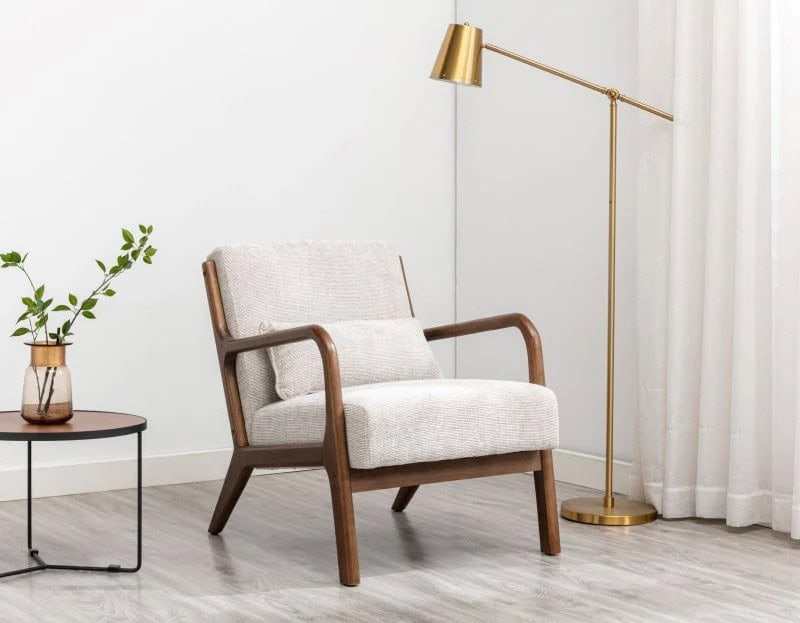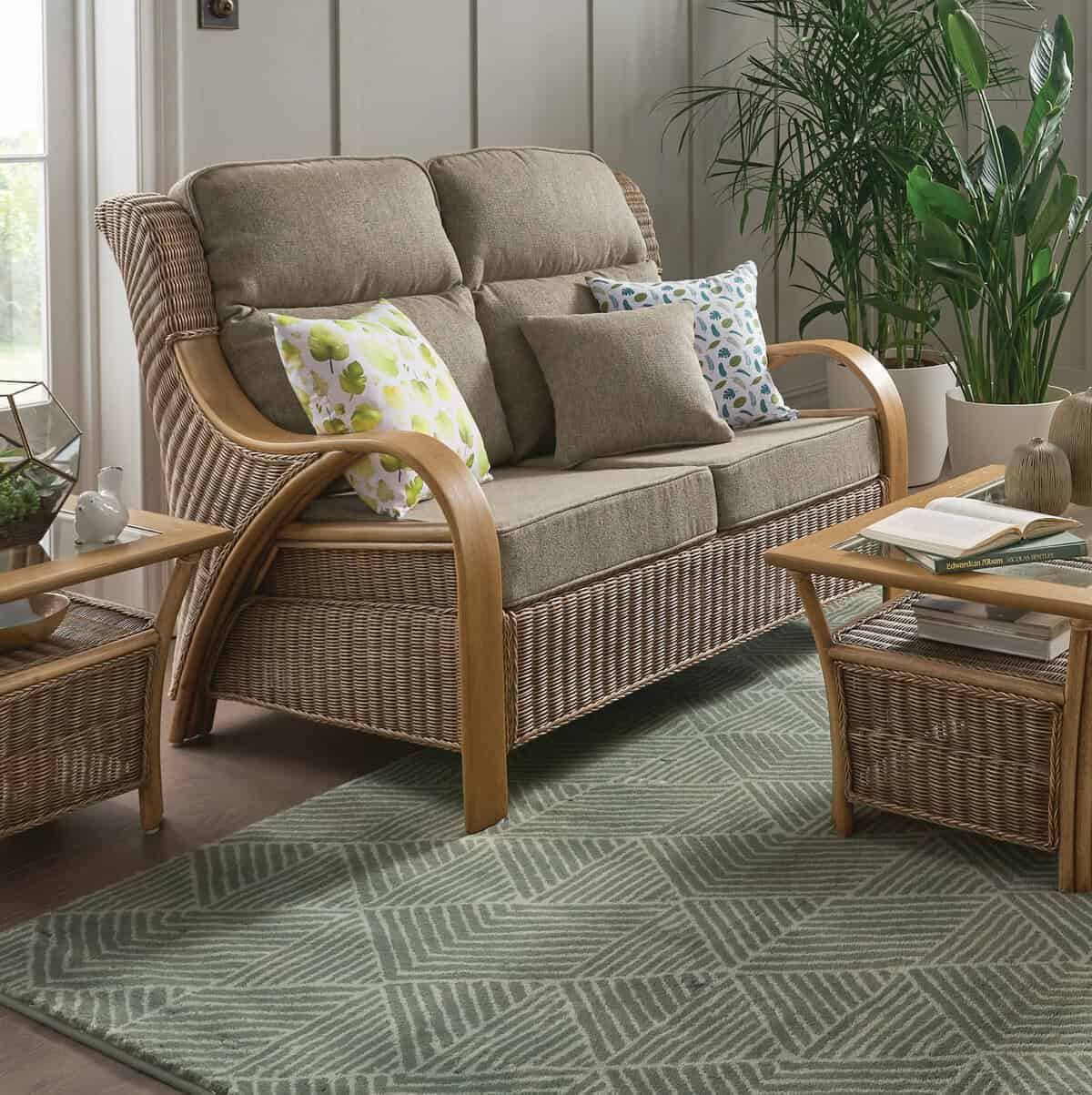Design Your Dream: How to Create a Home That Reflects Who You Are
This is a collaborative post.
There is nothing quite like walking through the front door of your own home and feeling an instant sense of belonging. Your home should be more than just four walls and a roof – it should be a personal sanctuary that reflects your values, tastes, lifestyle, and personality. Designing your dream home is about more than just aesthetics; it’s about creating a space that feels truly yours. From your choice of paint to the conservatory furniture that graces your sunroom, and carefully curated conservatory furniture sets, every detail when you create a home should tell your story.
In this article, we explore how to turn a house into a home that expresses who you are, from colour palettes and furniture choices to functional design and emotional comfort. Whether you’re starting from scratch or revamping an existing space, these thoughtful tips will guide you towards creating a space that speaks to you.

10 Steps to Create a Home You Love
1. Start With Self-Reflection
Before you begin choosing curtains or painting walls, take a moment to reflect on who you are and what makes you feel comfortable. Do you enjoy quiet, cosy evenings or lively family gatherings? Are you drawn to bold colours and eclectic patterns or do you prefer a minimalist and serene environment?
Create a mood board or Pinterest page with images, textures, colours, and styles that inspire you. The goal is to collect visual cues that resonate with your personal identity. This will help you stay focused as you begin to shape your home.
2. Define Your Lifestyle Needs
A home should support your lifestyle. If you work from home, a quiet and well-lit office space is essential. If you love entertaining, an open-plan kitchen and dining area might be a priority. Think about how you use your home day-to-day.
For families, having versatile rooms that can evolve with children’s changing needs is important. For others, it may be about incorporating spaces that encourage relaxation, creativity or exercise. Your layout should reflect how you live, not just how you want your home to look.
3. Create a Signature Style
Every dream home should have a cohesive style that ties it all together, yet allows room for individuality. It might be modern with rustic touches, or classic with pops of boho chic. Pick a base style that reflects you and layer it with accents and accessories that add personality.
Don’t be afraid to mix design eras or blend vintage with contemporary. Some of the most characterful homes combine elements from different sources to create a unique, curated feel.
4. Let Colour Tell Your Story
Colour has a powerful influence on mood and can say a lot about your personality. Neutrals may evoke calm and simplicity, while deep hues like navy or forest green can feel sophisticated and cocooning. Brights can bring energy and playfulness to a space.
Use colour to set the tone for each room. You might prefer a neutral base throughout, then introduce colour through accessories like cushions, curtains, rugs, and artwork. Or go bold with statement walls or painted ceilings that surprise and delight.
5. Invest in Furniture That Fits You – Literally and Figuratively
Furniture is central to the comfort and function of your home, but it also plays a major role in reflecting your style. When choosing pieces, look for those that not only complement your aesthetic but also enhance the way you live.
Take the conservatory, for example. Often a favourite space in British homes, the conservatory should be both inviting and practical. Opting for high-quality conservatory furniture allows you to create a relaxed and sun-soaked retreat. Think rattan or wicker materials paired with plush cushions and throws.
Complete the look with carefully chosen conservatory furniture sets that offer cohesion and charm. A matching sofa, chairs and coffee table can anchor the space, while still allowing you to add your own touches with plants, books or heirloom items.
6. Make Room for Sentimental Pieces
A home that reflects you should include personal treasures, whilst not being too cluttered. These could be family heirlooms, travel souvenirs, artwork by loved ones, or even childhood keepsakes. These objects carry stories and emotions that make a house feel lived-in and meaningful.
Display them proudly and integrate them into your design. A vintage sideboard from your grandparents can sit beautifully in a modern hallway. A wall of framed postcards might be the perfect talking point in a minimalist dining area.
7. Prioritise Comfort
No matter how stylish a space is, it should always be comfortable. Soft lighting, layered textures, warm colours and ergonomic furniture all help create a homely feel. Choose materials that are pleasant to the touch and surfaces that are easy to care for.
Your dream home should feel good as well as look good. Don’t sacrifice comfort for the sake of aesthetics – the two can and should go hand in hand.
8. Pay Attention to Flow and Functionality
Good design considers how rooms connect and how people move through them. Try to ensure your layout supports natural movement and doesn’t feel cramped or awkward. This can be as simple as leaving enough space around furniture or making sure doorways and pathways are unobstructed.
Storage is also key to a well-functioning home. Integrated solutions like under-stair cupboards, built-in wardrobes or multipurpose furniture help reduce clutter and keep your home feeling spacious and organised.
9. Bring the Outside In
Nature plays a big role in creating a calming and balanced environment. Maximise natural light wherever possible and incorporate plants to bring life and texture to your interiors. Consider biophilic design principles, which use nature-inspired colours, materials, and forms to enhance well-being.
In conservatories, especially, plants thrive and help bridge the gap between indoors and outdoors. Pair your conservatory furniture with lush greenery for a tranquil garden room feel, perfect for reading, meditating, or simply relaxing with a cup of tea.
10. Trust Your Instincts
While design trends can be a great source of inspiration, your home shouldn’t be a replica of someone else’s. Trust your own taste and don’t be afraid to go against the grain if something feels right to you. The best homes reflect the people who live in them, not the pages of a catalogue.
If something makes you happy, it belongs in your home. Whether that’s a wild wall art, a quirky lamp, or a riot of colours, your dream home should be a celebration of what makes you, you.

In Summary
Designing your dream home is about tuning into what you love, how you live, and what brings you joy. It’s about more than decor – it’s about creating an environment that nurtures your daily life, tells your story, and supports your future.
From thoughtful layouts to meaningful details like conservatory furniture sets, every choice should be a step towards building a home that’s authentically yours. Take your time, enjoy the process, and remember: your home should be the most personal space you ever design.